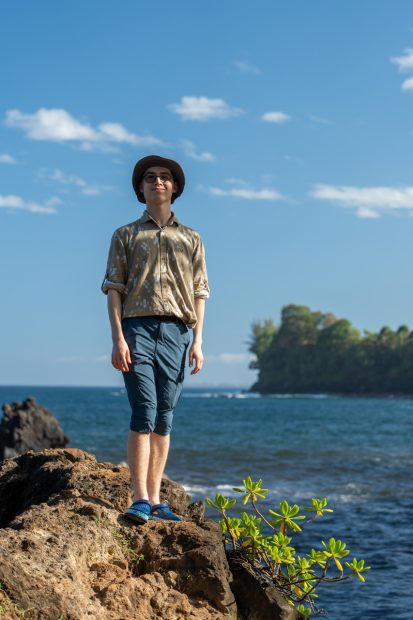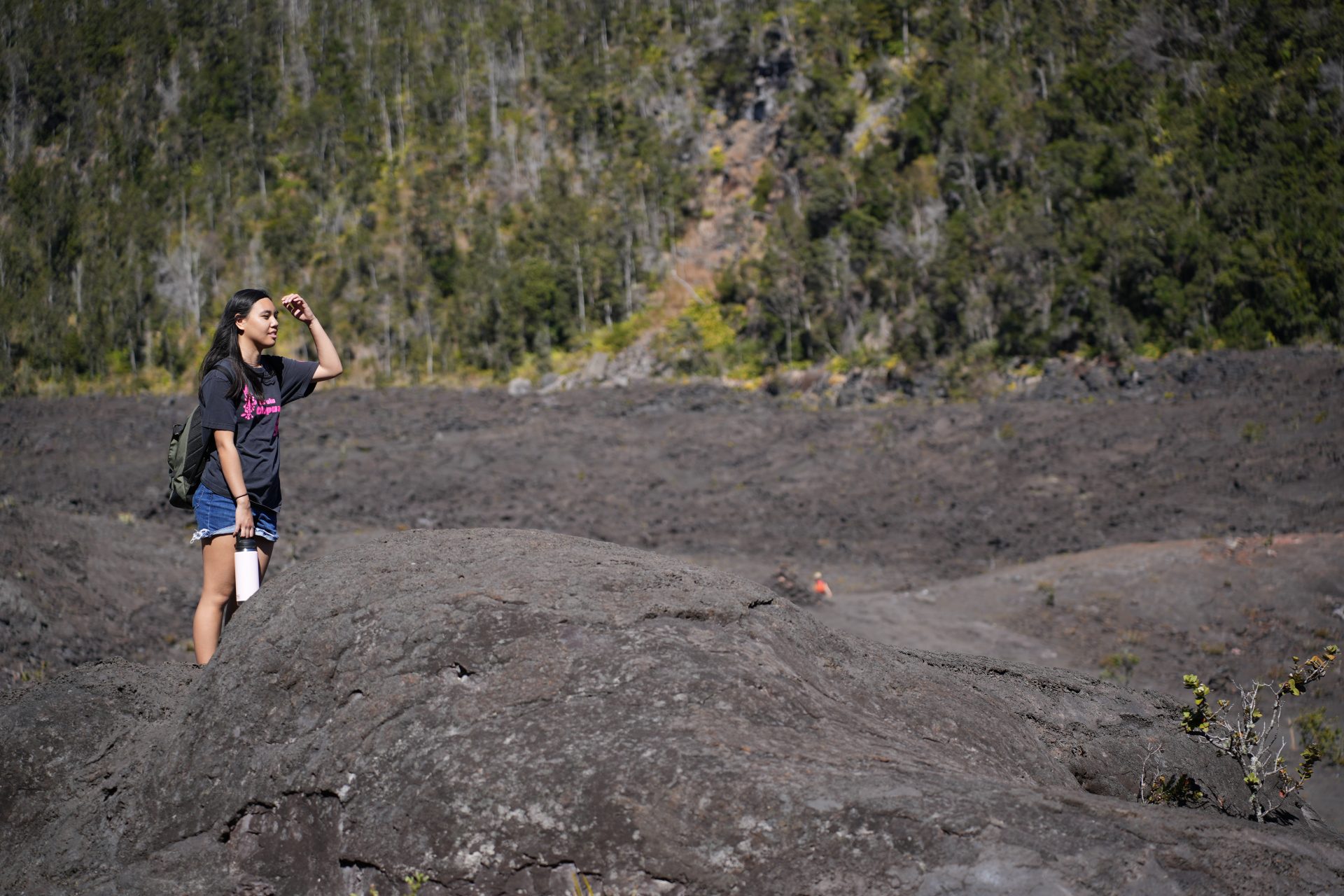Fieldwork class investigates changing ecosystem in Hawai’i
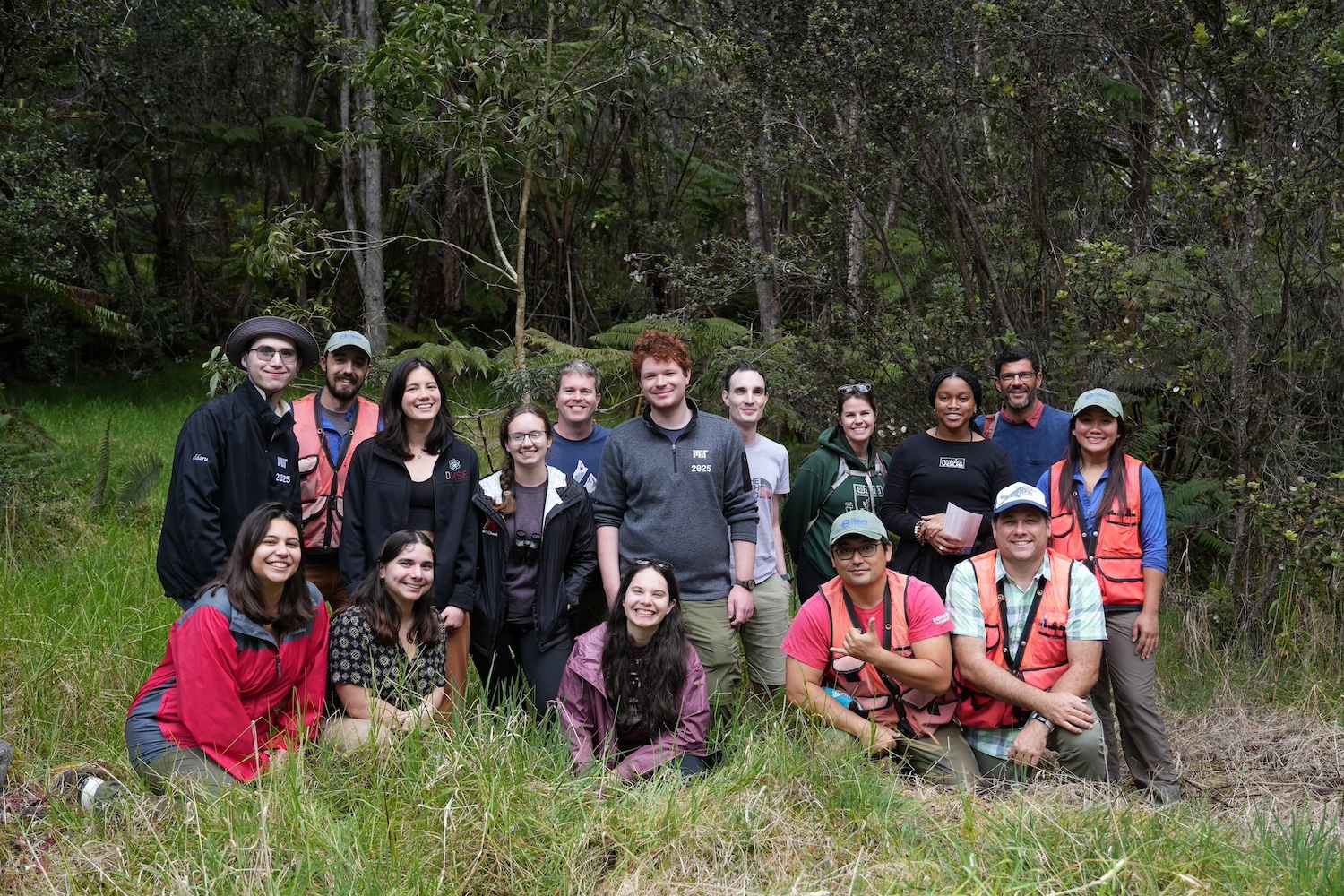
When I got accepted into MIT on Pi Day three years ago, I knew I entered the world of many opportunities. During my first year, I started to grasp how vast that world actually is: through MIT and Course 1 in particular, my friends got an early start with research in the mini-UROP, investigated Roman concrete in Rome, and could apply all of the theory we learned in an open-ended fieldwork trip to Hawaiʻi! As I progressed through my studies, I also started to see why exactly these opportunities exist for us here. Specifically, experiencing one of these programs myself made me reflect upon the importance of a proper education for scientists and engineers.
TREX, or Travel Research Environmental eXperience, fills the need for fieldwork training for the very applied subject of engineering our environment. At least, this was the initial intent behind its start about two decades ago. After having the great privilege of going on TREX myself this IAP (Independent Activities Period), I believe it taught our group (or at least me) much more than how to gather data outside of Buildings 1 and 48. Throughout our trip to the Big Island in Hawaiʻi, we had the pleasure of working with several teams of environmental professionals and saw the crucial role of the broad public support for science.
After the bumpy plane flight, and my first time west of the Hudson River, we finally reached the Kona International Airport. Claiming luggage in the open air was an unusual experience. After a day of rest in our new place and a visit to the Hawaiʻi Volcanoes National Park, we finally got to work. Atmospheric chemistry measurements began in our front yard, while our invasive species detection project began in collaboration with the Kamehameha Schools system on their property. For context, Kamehameha Schools (KS) is a school system founded to provide education to Native Hawaiian communities and supported through their vast network of land holdings. KS inherited most of them through the Hawaiian royal line and uses them for the dual purpose of a sustainable endowment and protecting the cultural and natural heritage of Hawaiʻi.
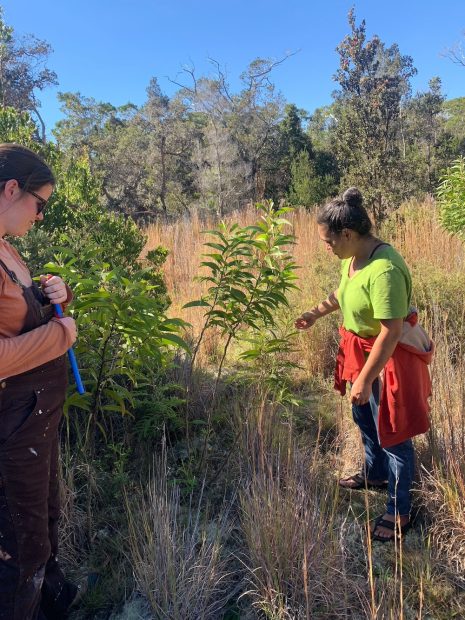
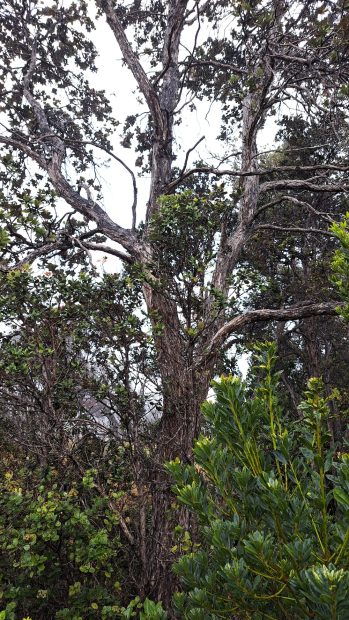
Such a wide responsibility gives a good explanation as to why the Kamehameha Schools staff team we met had such a diverse skill set. Telling an invasive faya tree from a native look-alike, easily navigating the forest plot, and learning leadership skills from sturdy native ʻōhiʻa trees only give a glimpse of what a mother lode of knowledge KS team had shown us. Not only are they incredible people to talk to, but their kind of professional experience with flora, ecology, and culture of a specific place is very underrepresented in our brick-concrete-and-glass campus. Working with and learning from people who know the environment orders of magnitude better than you is a must-have skill for us as future environmental engineers.
Another great team we met during our trip was the staff running the National Ecological Observatory Network (NEON) station in Hawaiʻi. Located in a largely native forest in Puʻu Makaʻala reserve, this station consists of several ground sensor blocks as well as a measurement tower. As we listened to each of the four team members tell their stories with NEON, I was picking a certain thread. The biggest draw of their jobs, aside from seeing the majestic koa canopy or super-rare spiders, seemed to be the science-sharing mission of NEON. The National Science Foundation directly funds it as a budget item, not a grant, as a tangible commitment of the American people to studying ecology and biodiversity across the US. NEON data is all in public access and is well-maintained, and all of the staff were very excited about getting to do what they love and also sharing the results with the world.
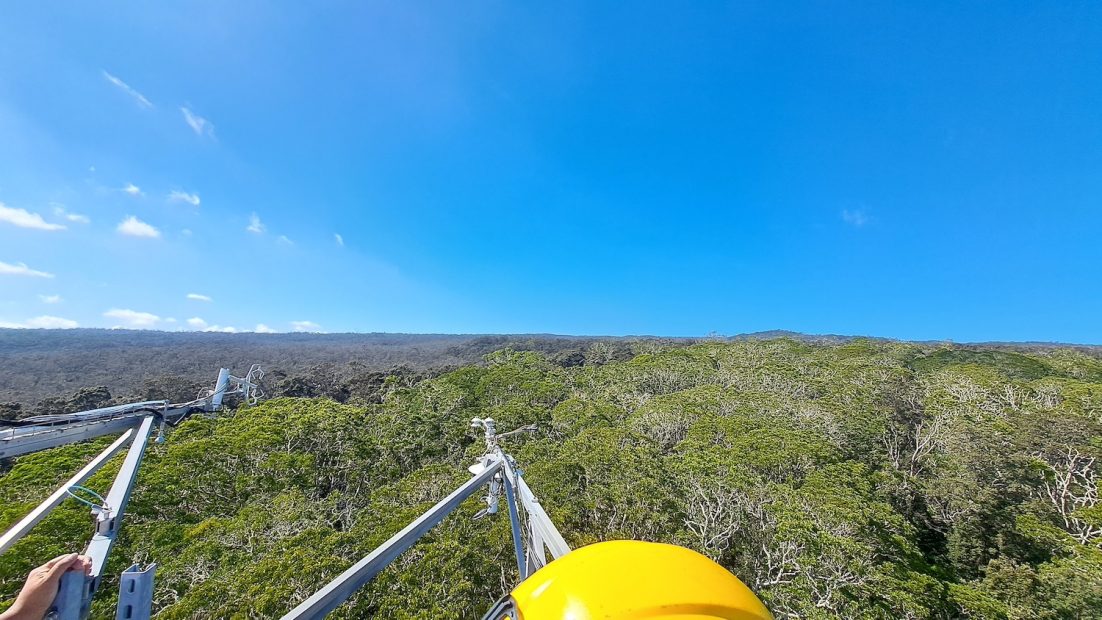
Throughout our visit to Hawaiʻi, we encountered many other instances of public investment into environmental science and engineering, both financially and in spirit. Due to the Big Island’s active volcanic nature, both the state and various cities run air quality sensor programs. During our final presentation, people aged from high school to retirement came to listen to our progress and engaged with our results.
In the current age of frequent climate disasters and science skepticism, it is easy to feel like giving it all up. This is why I believe TREX did a great job exposing us, the future professionals on environmental issues, to people who did not. Both Kamehameha Schools and NEON teams thrive through their mission to their communities and the endorsement the community gives back. As environmental engineers, our progress depends on this relationship with the people and the environment they want to engineer. Support from the public, and being driven to want to support back seems to be the way forward for Hawaiʻi, so it was a perfect choice of a place to learn that lesson for our cohort.

